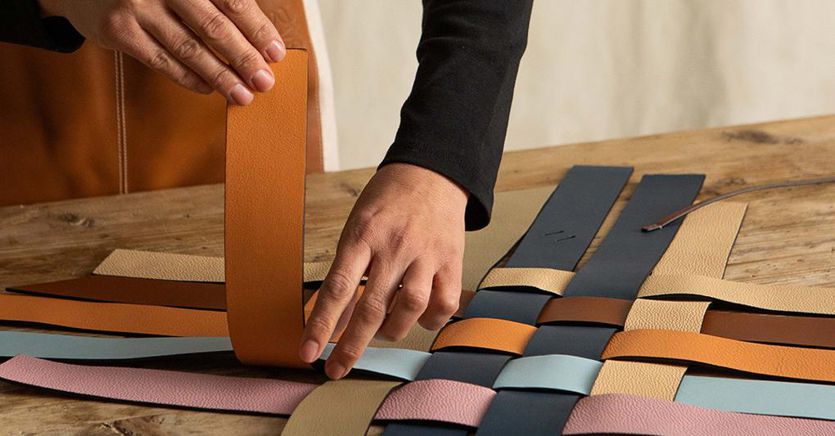The Earth Day celebrated on Thursday 22 April in its 51st edition was the occasion for many brands, more and more numerous, to launch a “sustainable” product or collection. A generous cascade of special editions that undoubtedly prove the commitment of fashion to emerge from its condition as the second most polluting industry in the world. But a commitment that is still in many ways insufficient.
It is necessary to change a paradigm that involves one of what Kant called a priori conditions: time. Whenever fashion has chosen, and still chooses, to adopt its dimension fast, the fastest, the consequences have been deleterious: and we don’t just mean the category of fast fashion, but of a way of conceiving, producing and selling fast because it is projected only in the short term.
Loading…
This linear paradigm must be replaced by a circular one, capable of holding together the origin and the end of a product, and in the middle give it a longer life. According to the NGO Ecos, 80% of the environmental impact of a garment is determined in the design phase. And for the European Commission, only 1% of global textile waste is recycled and reused. In this sense, the formula chosen by LVMH to baptize the new project with the Central Saint Martins school, regenerative luxury, perfectly interprets the new perspective that the fashion and luxury industry must take to be sustainable beyond Earth Day capsules.
Also according to the Ecos study, a garment worn twice as often as the average generates 44% less greenhouse gases than the production of a new garment. This is why, together with interesting materials, such as “skin” made of mushrooms or cacti, or nylon made from waste floating in the oceans, the new frontier of commitment passes through durability, the possibility of reusing, but also repairing a product. New habits that can generate and fuel new types of business, such as that of second hand, already very lively, and that we could soon find also in the boutiques or e-stores of individual brands. For a regeneration of our approach to consumption, far beyond fashion.
